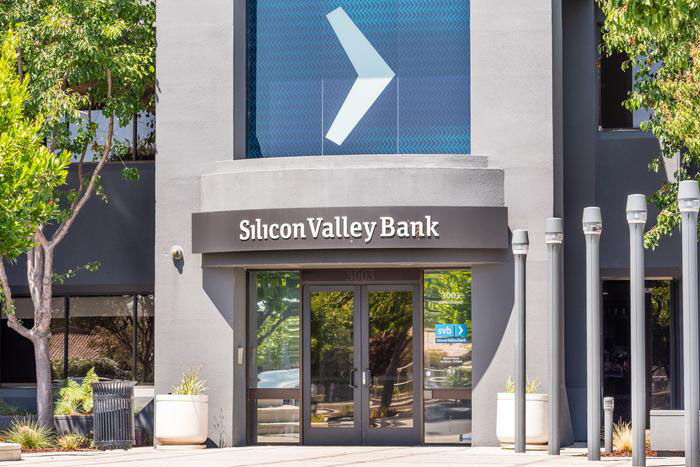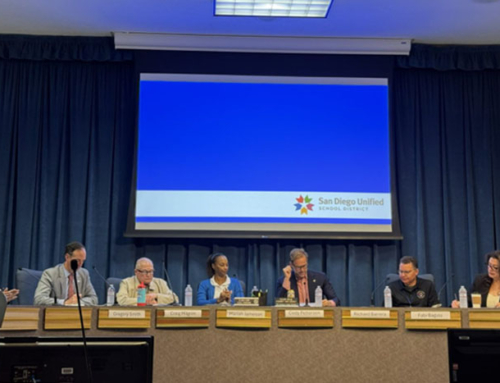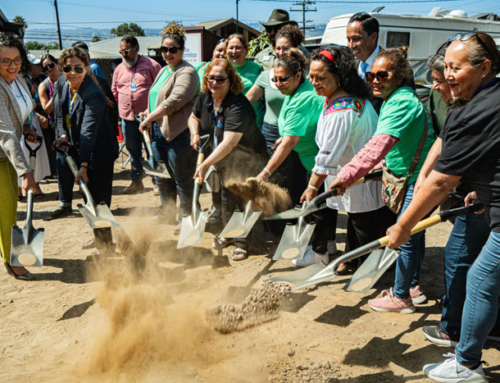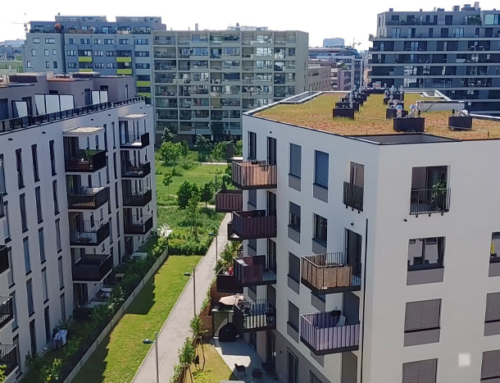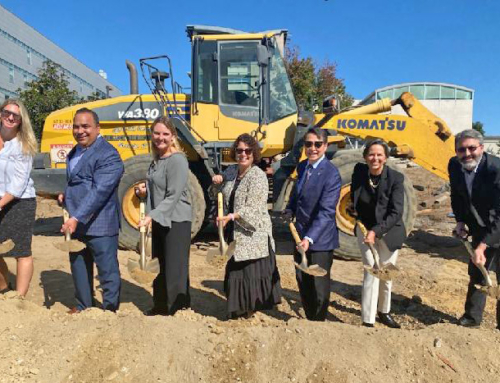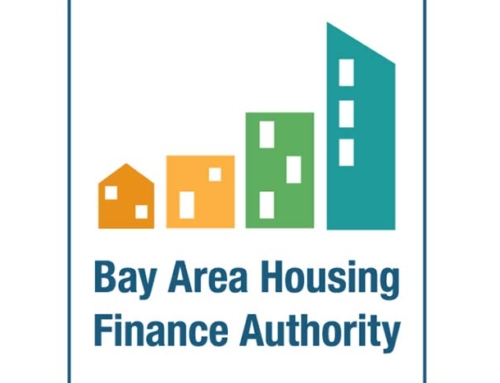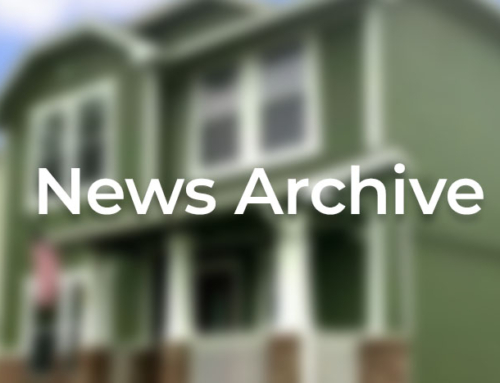In the wake of the sudden failure of Silicon Valley Bank (SVB), affordable housing developers are scrambling to shore up financing for developments in both the planning and construction stages. SVB was a major player in the affordable housing finance space, investing in Low-Income Housing Tax Credits and providing grants and loans for new development and acquisition/rehabilitation projects. The impact is especially felt in the Bay Area, and its loss has both immediate and long-term impact. SVB also had a big presence in Massachusetts from its acquisition of Boston Private in 2021.
According to reports, there are at least 13 developments (eleven in the Bay Area and two in Southern California) that are currently impacted by the bank’s closure, with concerns about construction delays, loan agreements, and pending applications. Currently, it appears that loan disbursements are still being processed, but there are concerns that might change depending on what a new bank owner would continue to honor.
According to SEC filings and bank records, SVB planned $1.3 billion in investments in residential mortgages to low- and moderate-income (LMI) borrowers in LMI census tracts between 2022-2026. And between 2002 and 2021, the bank invested $1.1 billion and loaned $1.6 billion to build or rehabilitate nearly 10,000 affordable homes in the Bay Area.
© LeSar Holdings/LeSar Development Consultants. All Rights Reserved. Please be advised that any republishing of copyrighted material provided by our organization, in whole or in part, requires prior written authorization. For permission, please reach out to [email protected]. We appreciate your understanding and compliance in upholding copyright laws.

